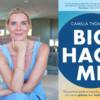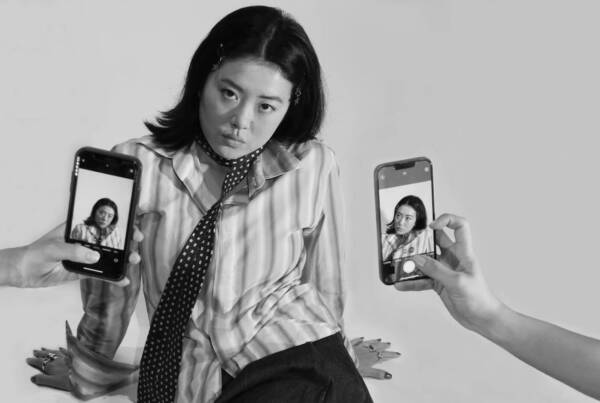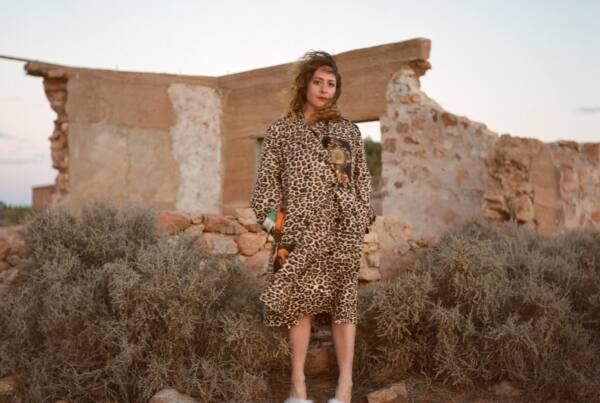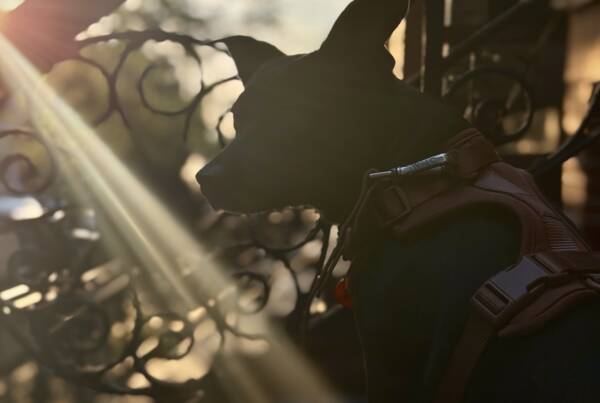Writing by Danielle Scrimshaw // artwork by Louisa Maggio Design
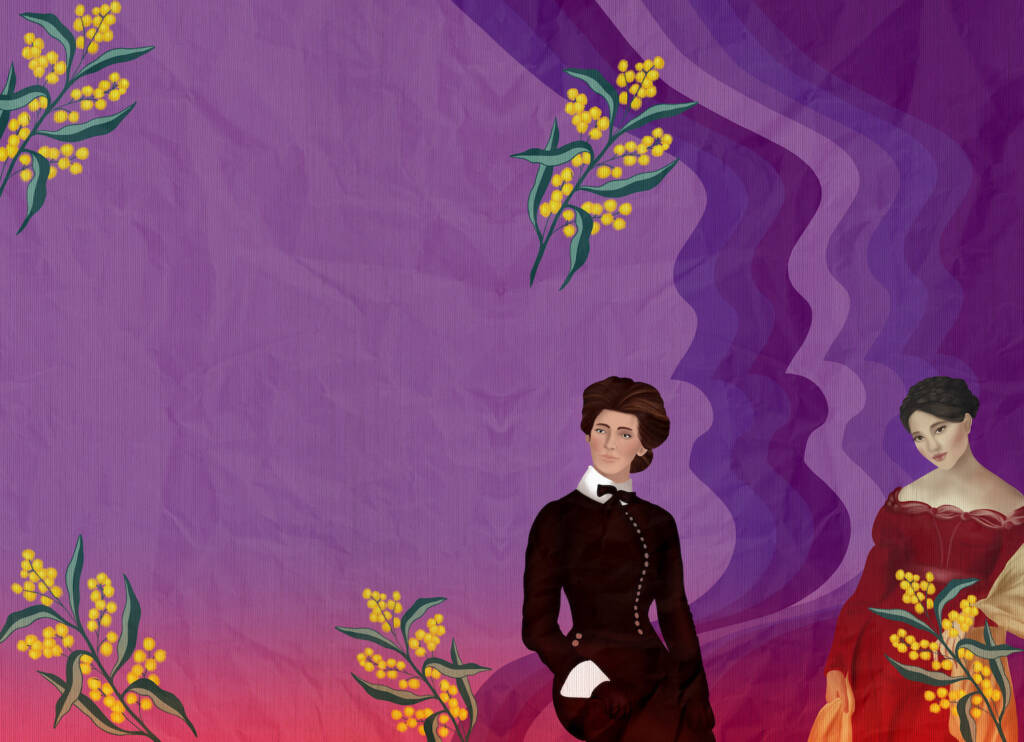 While writing a book on queer history, I listened to a lot of MUNA. Their song ‘Silk Chiffon’ appeared repeatedly on my social media feeds, the line “life’s so fun, life’s so fun” playing on a loop in my head for weeks on end. Even on bad days, when I second-guessed my writing and the news was plagued by the usual headlines of interest rates rising, neo-Nazis, the climate disaster, and Covid-19, I could somehow retain small hope that life really was so fun.
While writing a book on queer history, I listened to a lot of MUNA. Their song ‘Silk Chiffon’ appeared repeatedly on my social media feeds, the line “life’s so fun, life’s so fun” playing on a loop in my head for weeks on end. Even on bad days, when I second-guessed my writing and the news was plagued by the usual headlines of interest rates rising, neo-Nazis, the climate disaster, and Covid-19, I could somehow retain small hope that life really was so fun.
‘Queer joy’ has become a buzzword in the past few years. It has been attached to the Netflix series Heartstopper, discussed on numerous podcasts, and expressed through the music of artists such as MUNA, G Flip, and Cub Sport. Taking inspiration from gay pride, queer joy is exactly what it says—expression of happiness, joy, delight amongst the queer community. In pop culture, depictions of queer joy are particularly important for portraying the experiences of LGBTQ+ people as something other than sad, lonely, or isolating. I consciously avoid movies, TV shows, and books that contain homophobia as a central theme without any source of hope for the viewer/reader. When a queer or trans person is already struggling with exposure to hate and violence—whether that be in their lives or across the news and social media—the last thing they want to encounter is the same traumatic narrative in the content they seek out for entertainment.
Similarly, when I set about writing a book on the history of queer women in Australia, I wanted to avoid a book full of disheartening endings. Of lovers kept apart or hidden from the world, of lives full of heartbreak and tragedy. And while the past contains its own challenges, there was plenty of love and joy in every story I came across.
Like in 1983, when a young woman named Madge drove from Sydney to Pine Gap on her brand-new motorbike for a two week, women-only protest. The hundreds of other women in attendance were protesting against America’s military presence in Australia and the growing nuclear movement across the world. When I spoke to Madge on the phone to ask about her experience, and why she decided to take part in the women’s peace camp, she admitted that it “seemed like a good idea at the time” and ultimately she “did very well there”, telling me of the several affairs she had in the fortnight. I laughed as I took notes, listening intently as she described coming home from the protest feeling anew, more secure in her lesbian identity.
“I hope you’re enjoying your twenties as much as I did,” Madge says shortly before we hang up. “And if all else fails, buy a motorbike.”
If you move further into the past, there are stories of women living together for ten, twenty, or fifty years together in peaceful bliss. Sometimes these relationships are referred to as ‘romantic friendships’, friendships between women that were deeply affectionate. Only rarely have they been viewed and written about through a queer lens, and mostly only by queer historians.
Anne Drysdale and Caroline Newcomb lived together for twelve years on the Bellarine Peninsula in Victoria, running a pastoral business together in a small, stone house. When they first moved in together in 1841, Anne wrote in her diary, “Miss Newcomb who is my partner, I hope, for life, is the best & most clever person I have ever met with. There seems to be magic in her touch, everything she does is done so well & so quickly.”
The women were partners until the end of Anne’s life in 1853—they are now buried together in Geelong Eastern Cemetery, inseparable even in death.
What I find so moving about these stories is the implication that being queer doesn’t necessarily mean living a lonely, secluded life. When you look to the past, there isn’t a repetition of stories that closely follow the trajectory of Radclyffe Hall’s The Well Of Loneliness (a very famous, very sad lesbian novel). Instead, there are women sharing their lives with one another for decades until death, women writing poems about each other, women driving to the heart of Australia to campaign for peace and find other queer women like them.
Over the past few years I collected these stories lovingly and will continue to seek them out. Queer joy is all around us and its history runs deep.
Danielle Scrimshaw is the author of She and Her Pretty Friend published by Ultimo Press, May 2023, RRP $35.99. You can find the book in all good bookstores and online here.



